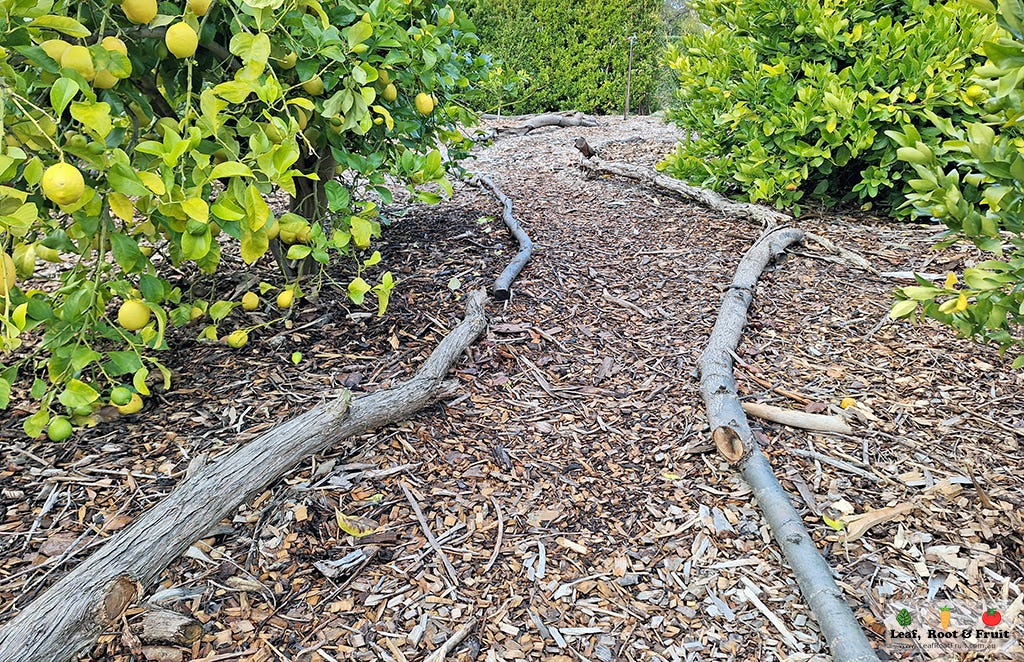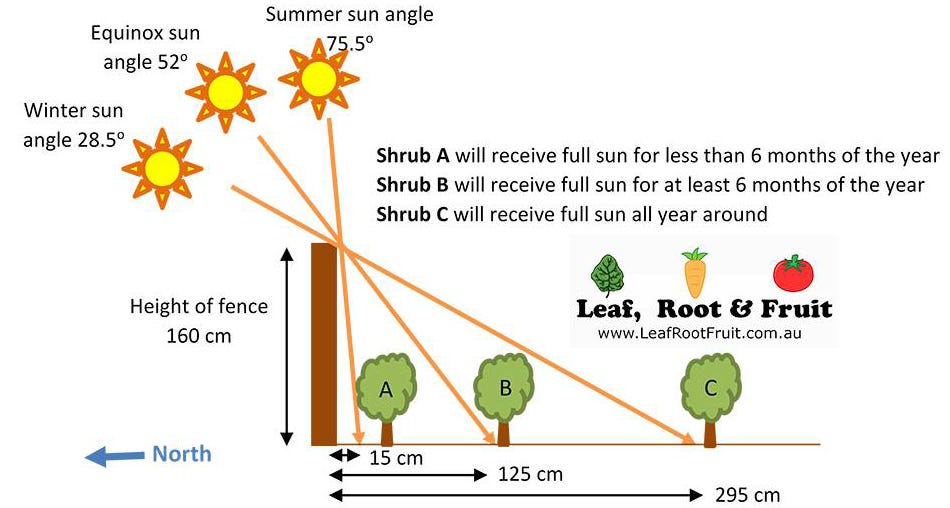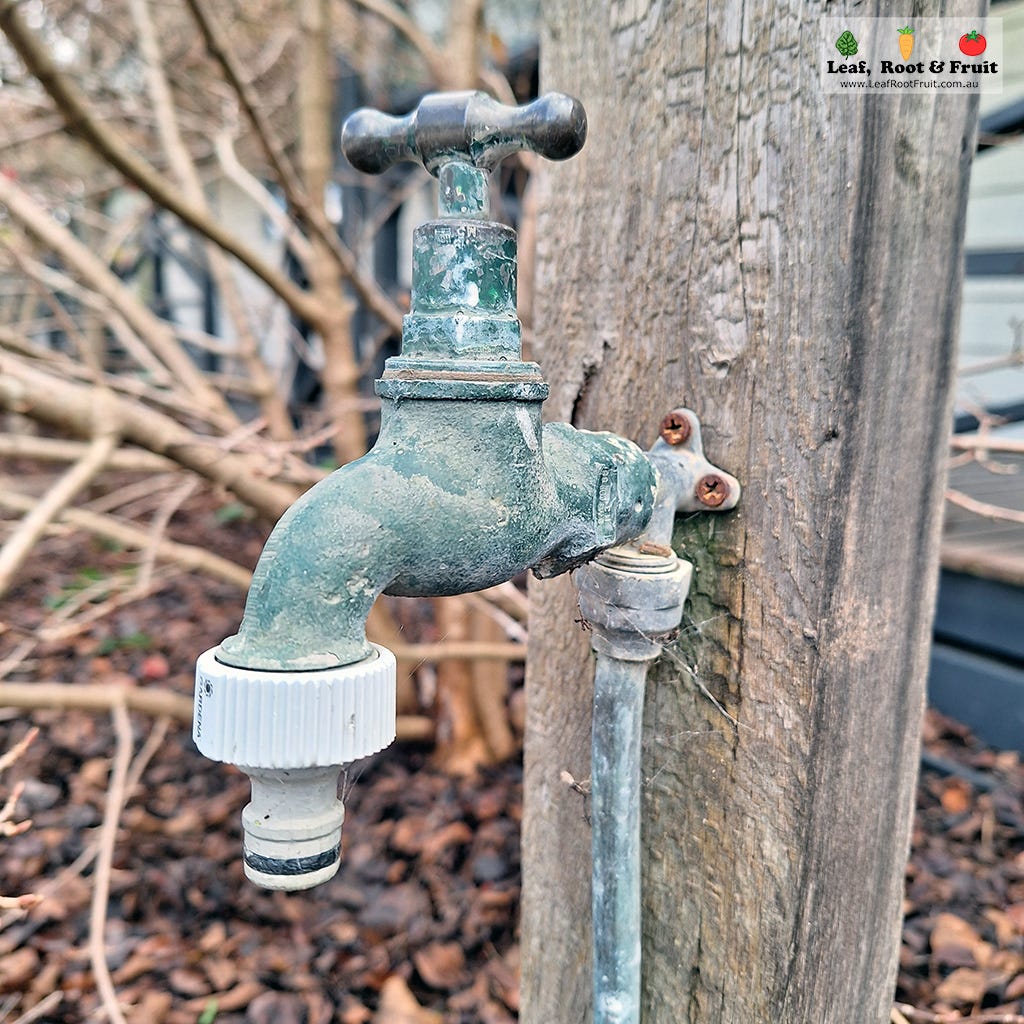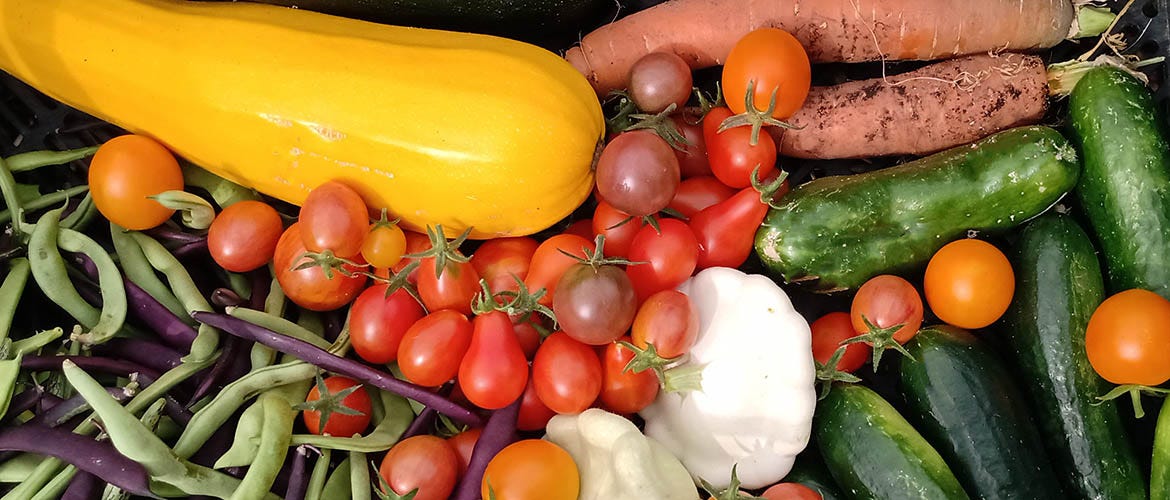Site Analysis and Where to Put the Vegetable Patch: Sunlight and Access
Part One of the Vegetable Patch from Scratch Series
Welcome to your new gardening series Vegetable Patch from Scratch.
This serialised gardening guide is designed to help everyone from complete novices to seasoned gardeners to get more productivity from their vegetable patch with less effort.
Who knew there was so much to learn about growing vegetables? I started planning the series content and kept adding more and more topics that I thought were not just relevant, but super-important for you to know.
I’ve listed all the topics I’m writing about in an index, let me know if you think anything is missing!
Now on to Part One!
Site Analysis
When working out the layout for your back or front yard, you need to spend some time analysing the site. Work out where the sunny spots are and where there is full shade. Try to analyse how you use the site, how you move through it, your access, your paths both for feet and for wheelbarrows etc. Then start designing, by looking at the space as a whole. Here are a few factors to consider when choosing where to put your vegetable patch.

Sunlight and shade
Sunlight is critical for plant growth. Most vegetables require full sun to grow optimally. Many suburban gardens have issues with shade and access to sunlight. Sunlight patterns change throughout the year. Understanding how the tilt of the Earth’s spin axis creates the seasons can help you to plan ways to maximise the sunlight in your garden.
Seasonal movement of the sun
It’s important to consider the seasonal movement of the sun when planning your backyard orchard. The sun rises in the east and sets in the west.
The Earth tilts on its axis throughout the year. This means that in winter the shadows are much longer than in summer. Consider how much this will affect your site. The following diagram shows the impact of a standard suburban fence at different times of the year in Melbourne.

Placing your vegetable patch in position B will ensure that your summer vegetables will have full sun for the whole season. However, winter vegetables will be in shade for part of their growing season in the same position. For maximum flexibility and optimal growth, site your vegetable patch where it will receive full sun year-round.
Is your garden mostly in shade? Check out this list of shade tolerant edibles you might want to consider growing.
Access to the vegetable patch
After sunlight, the most critical aspect of vegetable patch positioning is access. How easily can you and your family or housemates access the vegetable patch? Easy access means you are more likely to visit frequently to notice when the garden needs watering, when produce is ready for harvest, or when problems such as pest attack have suddenly occurred.

Think about access to water. Is there a tap near where you want to put the patch? Footballs and vegetable patches don’t mix, so if you have young children, consider how they will use the space.
Pets and wildlife
Do you need to protect the garden from marauding wildlife such as kangaroos or will your dog eat your snow peas? (This happens quite a lot.) Can you position the vegetable garden to somehow reduce the impact of animals? How will you protect the crops that need protection?
Clever use of paths in the garden
Fences are possum highways. Often hedges and trees planted up against a fence are never allowed to grow higher than the fence itself. This is because the possums keep travelling along the fence and snacking on the plants as they wander past.
I have had great success in deterring possums by adding a path between the fence and garden beds. You need a minimum gap of one metre (ideally more) between the plants when fully grown and the fence. A path along the gap enables you to weed, tend and harvest your vegetables. Possums don’t like to come down to ground level, as they are at risk of predation. So, usually they won’t access your vegetables if they must climb down and cross the path.
Front yard vs backyard veggie patches
Traditionally vegetable patches were placed down the back of the garden where they could be discreetly screened off. Nowadays growing your own food is trendy and many gardeners flaunt their growing success in the front yard for everyone to see.
You may find that you have better access to light in either the front or backyard and I’d be inclined to let that dictate where you put the patch. However, there are a couple of further considerations for the out front vs down the back debate:
Gardening out the front is a great way to connect with your community. Before you know it you will be chatting to the passing neighbours about all aspects of gardening. The sharing of knowledge, skills, excess produce, preserves and seed swapping soon follow. There’s a wealth of knowledge in your local community but you’ll struggle to access it and build the same connections if you hide the patch down the back.
Your front yard is usually the first thing you see when you arrive home from work. If it is a well-tended patch it will provide a lift to your spirits and inspire you to keep at it. On the other hand, if the garden is neglected, you’ll feel defeated before you even get in the front door and less inclined to get out there gardening.
In my experience theft is not usually a big issue for those growing food in their front yard. Passing folks are typically very respectful of your home-grown food. In the past, when growing in a front yard, I have taken the attitude of ”if they need it more than I do then they are welcome to it”.
Where’s your patch located? Are you an ”out the front” or “down the back” grower?
This post is one of many in my gardening series Vegetable Patch from Scratch. See the series index for a list of the other topics in the series.
Please consider sharing this post with friends and family who may find the Vegetable Patch From Scratch series useful and inspiring.
Read the next post in the Vegetable Patch from Scratch series:
PART 2: Site analysis and where to put the vegetable patch: microclimates






I have a vigorous male kiwi fruit in full morning sun and some shade in the winter arvo. I have tried 3 female kiwi plants in close proximity over the years and all they have all died. How close to the male plant do the female plants have to be positioned for pollination as I am trying again? Also will bees travel through chookwire to pollinate if I plant the female plant in a chook pen?
My veggies are mostly in raised beds in the back of my plot but I have other edibles such as strawberries, artichokes, tamarillos, citrus and pepinos at the shaded side and the sunny front.